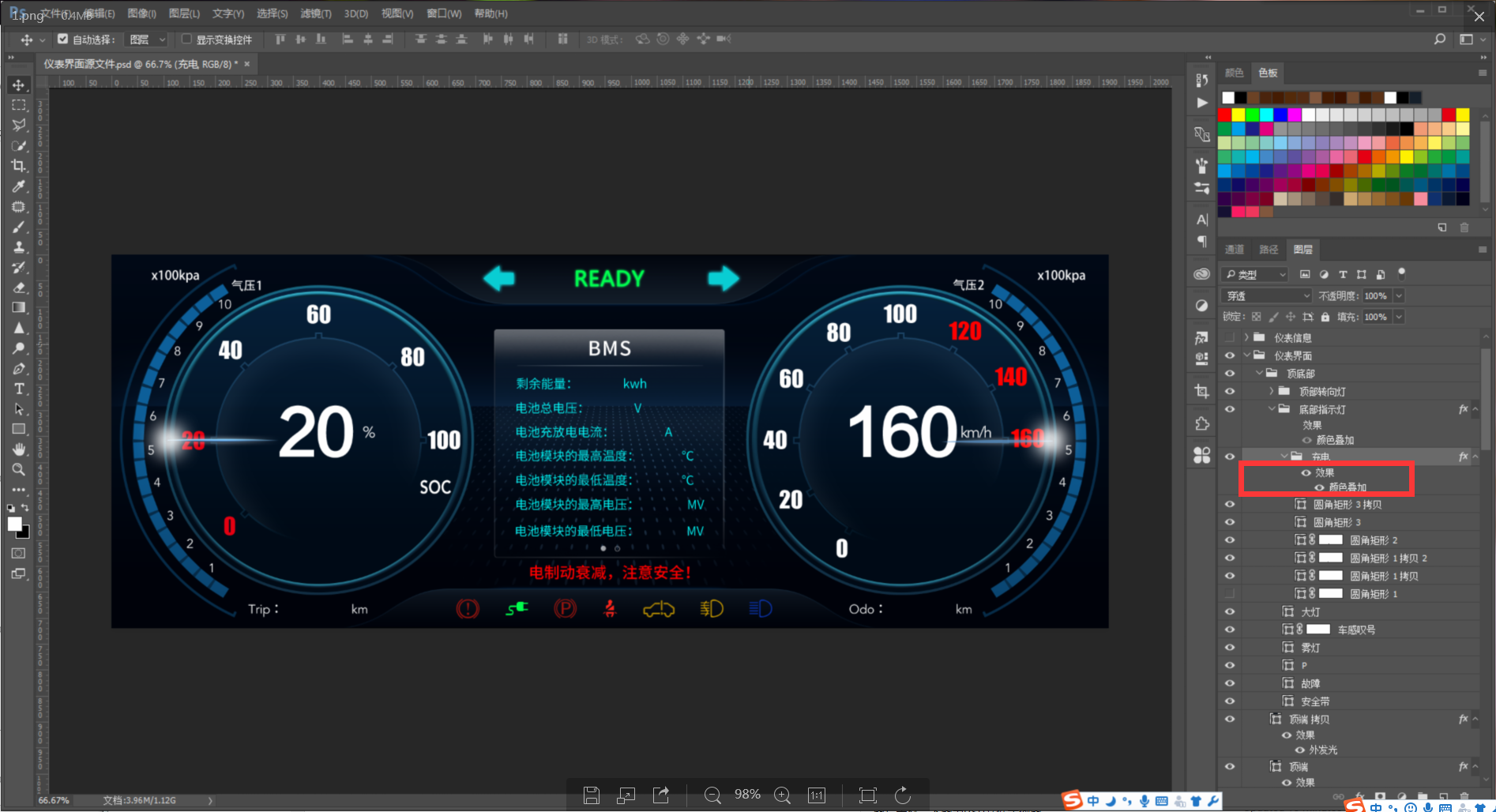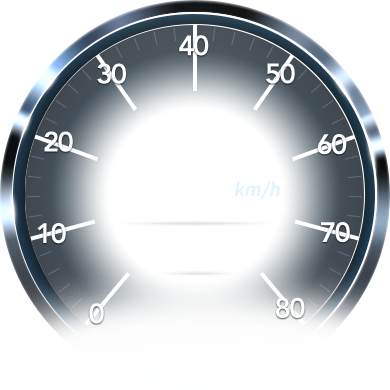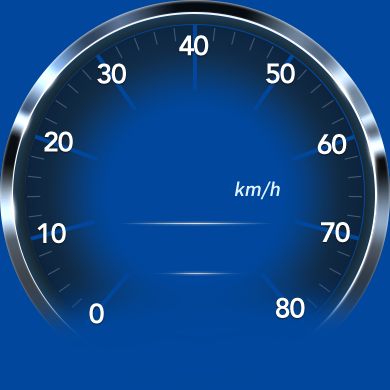Basic design - material production
Material production is divided into a total of three parts, input - design - output, input part of the main completion of the analysis of customer needs, collect material ideas, design stage to complete the design of the finished draft, design a complete interface, the output of an editable psd format source file, the output stage is the editable psd format source file for the cut, save as PNG, JPG, JPEG, BMP four kinds of image formats.

Note. 1.psd source files are layered editable ungridded files, easy to make the appropriate changes later according to the actual situation, the output of IDE required image materials, the following figure is a sample PSD file, the right side of the red part of the final output of the cut PNG, JPG, JPEG, BMP four kinds of image formats

- Because the IDE image material needs to be superimposed to reproduce the effect of the UI interface, so most of the controls output PNG format images, boot animation controls need to use the image material can choose PNG, JPG, JPEG, BMP format. PNG format images for the background of the transparent image format, convenient for the IDE superimposed. The following picture shows the comparison between the transparent picture and the opaque picture.


During the interface design process, the client can provide two formats of files. (1) PSD file as shown in Figure 2, which our company is responsible for the cutting work. (2) The texture file with transparent background as shown in Figure III.
After outputting the pictures in PNG, JPG, JPEG and BMP formats, the naming of the pictures should be in accordance with the way of project-date-interface-function, such as: XX-180611-main-interface-hours dial.
In order to achieve better display effect, users are recommended to prepare the material according to the following design specifications.
